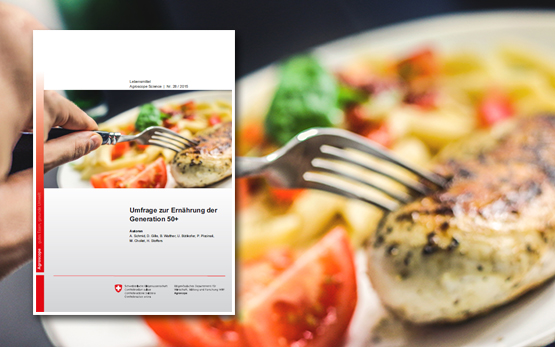When cross-sucking persists beyond calf-hood, it represents an important problem in dairy heifers and cows. It can cause teat injuries and severe mastitis and lead to significant economic losses. The «SuckStop Müller», a novel anti-sucking device, is designed to give the calf a negative feedback when cross-sucking on a conspecific. The aim of this study was to assess whether wearing a SuckStop would result in behavioral changes other than cross-sucking and thus, impair welfare in the short- and longer-term. Sixteen group-housed calves were observed in groups of four on five days, before and after fitting the SuckStop: day −2, day −1, day 0, day 1, and day 9. Maintenance behaviors (e.g., feeding, drinking, lying) were recorded using instantaneous scan sampling. In addition, the frequency of contact behaviors (e.g., exploring the feeding fence, touching own body) was recorded by means of on tinuous focal animal observations. Contact behaviors were classified as «impaired» or «normal» depending on whether or not the calf flinched in response to the contact. Finally, the number of visits to the milk and concentrate feeders was extracted from the computer-controlled feeding system. Fitting a SuckStop resulted in a higher proportion of observations spent lying and less exploration behavior on day 0 and day 1 than on day −2, day −1, and day 9. On day 0 and day 1, 6,3% of exploration behaviors were classified as impaired, compared to 0,4% (day −2, day −1) before and 0,2% (day 9) after fitting the SuckStop. On day 9, all calves had superficial ulcerations on the nasal septum. In four calves, these ulcerations were moderately severe, whereas all other calves had slight ulcerations. In summary, the calves habituated quickly to this novel anti-sucking device. Follow-up studies are necessary to assess the long-term relevance of tissue alterations in the nasal septum for calf welfare as well as the effect of the SuckStop on cross-sucking behavior.






